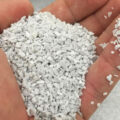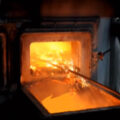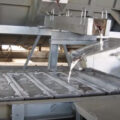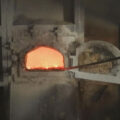The smelting of aluminum alloys has the characteristics of high heat consumption, easy oxidation, easy absorption of hydrogen, and easy absorption of impurity metals.
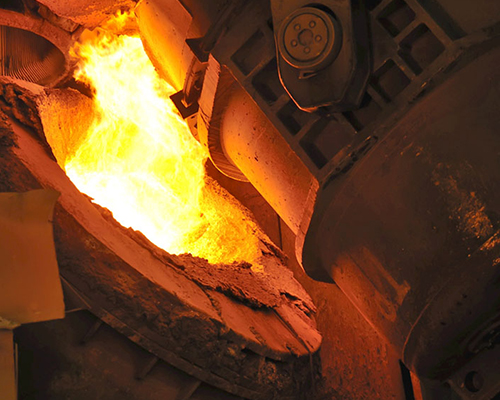
(1) Consume a lot of calories. Although aluminum has a low melting point, it has a large latent heat of fusion, a large specific heat, a small blackness, and a strong reflection of heat. Compared with other commonly used metals such as iron and copper, it consumes more heat when melting. And the thermal conductivity of liquid aluminum is less than half of that of solid aluminum, which shows that adding solid aluminum to liquid aluminum by conduction and heat conduction will greatly reduce the melting rate and increase the temperature difference between the upper and lower liquid surfaces. At this time, convection heating with strong stirring should be used to make up for it to achieve the effect of heating up. It can be seen that reducing the energy consumption of aluminum alloy smelting is a problem that needs to be solved in the aluminum alloys smelting process.
(2) Easy to oxidize. Aluminum has a great affinity for oxygen, and it can quickly oxidize to form alumina. Although the aluminum oxide film formed on the surface of the melt has a protective effect, once it is destroyed, the oxide film enters the melt and is difficult to remove. Because alumina is not easy to reduce, its density is similar to that of the melt. It is suspended in the melt and enters the ingot with the melt, which has an adverse effect on the quality of processed materials. What’s more serious is that aluminum oxide is a good carrier for various gases, and its presence will cause the aluminum melt to absorb a large amount of hydrogen. Therefore, molten metal filtration is another important issue in the aluminum alloy melting process.
(3) Easy to absorb hydrogen. Aluminum and aluminum alloys have strong suction capacity. Although the absolute amount of hydrogen absorption of aluminum and aluminum alloys is not large, at the melting point, the solubility of hydrogen in the solid phase and the liquid phase differs greatly, and the ingot has a large tendency to form pores and looseness during crystallization. Therefore, metal degassing is the third important issue in the aluminum alloys smelting process.
(4) It is easy to absorb metal impurities. Some alloying elements in aluminum and aluminum alloys have high chemical activity. They can not only absorb dissolved iron, but also replace metal impurities such as iron, silicon, and zinc. Once these metal impurities enter the aluminum melt, it is difficult to remove. Moreover, the more smelting times, the higher the impurity content, the greater the impact on the performance of the alloy. In severe cases, the grade of pure aluminum will be degraded, and the alloy will be scrapped due to excessive alloy composition. Therefore, reducing the pollution of metal impurities is the fourth important issue in the aluminum alloy smelting process.

